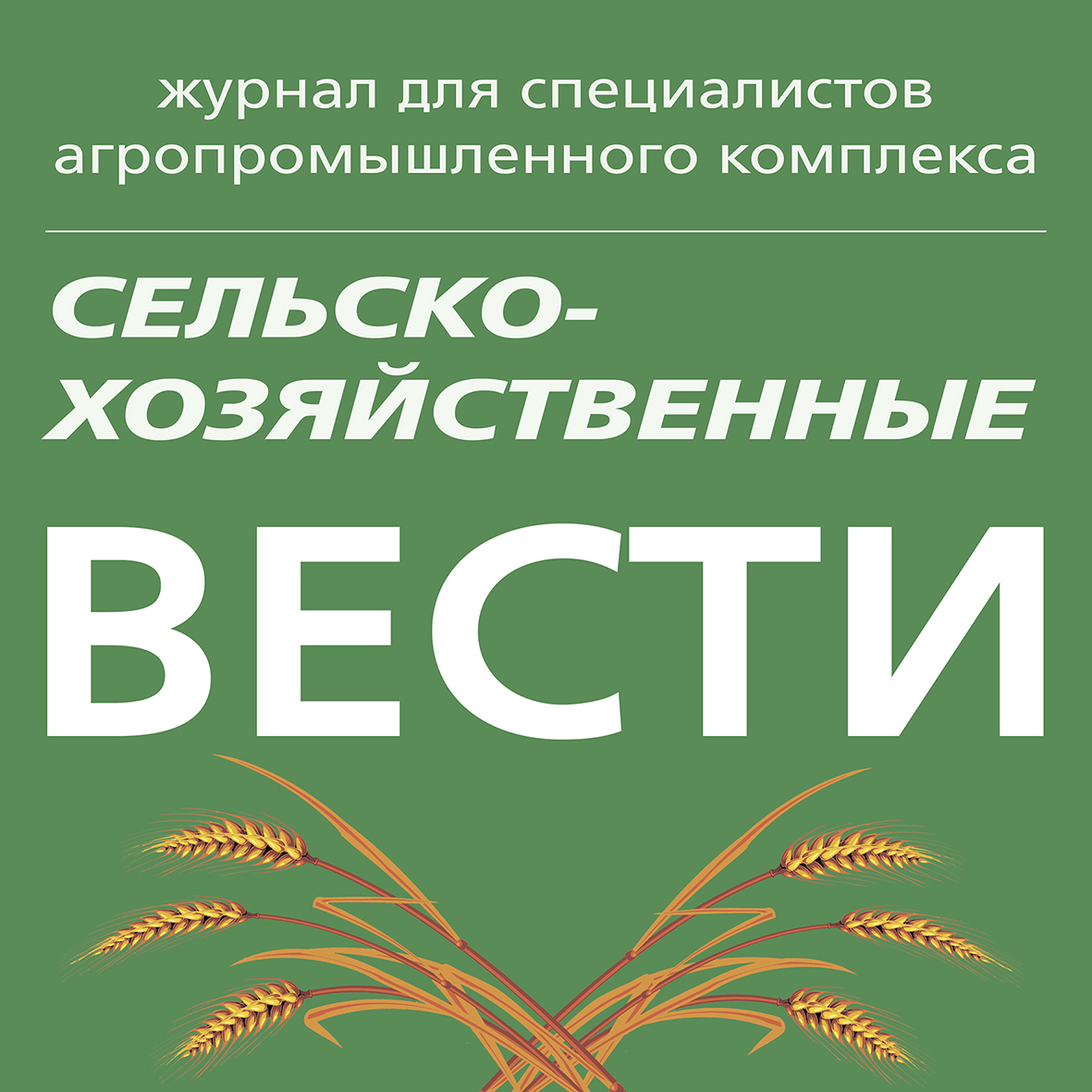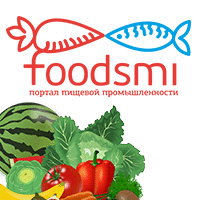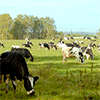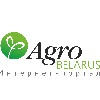‘Using more alternative proteins in food'
14.06.2016 19:39:40
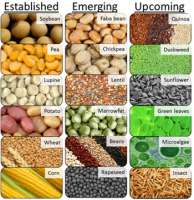
‘Using more alternative proteins in food'
The expected growth of the world population to more than 9 billion people in 2050 and an increasing demand for highly nutritional foods will lead to an enormous pressure on the future food production system. The protein supply is in this respect most critical, both for human consumption and for animal feed. Plant proteins are considered more sustainable and more cost-effective than animal proteins. Partly replacing animal protein in existing products with new plant protein ingredients or developing new plant protein-based products is an effective approach in making more protein available for a larger part of the world population. In addition to the use of proteins directly from crops, large organic side and waste streams are available for the extraction of proteins, also in the food-chain.
Screen Shot 2016-06-13 at 16.24.43Research on alternative proteins is rapidly increasing but there is still a large gap in level of understanding when compared to animal proteins, such as dairy proteins. On the left you see an overview of alternative proteins, either well-established or emerging proteins in the protein market. In the last decade, much effort has been taken to deepen the level of knowledge of plant proteins. At Nizo, we focus on milder extraction and processing, maintaining functional properties and tailoring ingredients for specific applications. Still, plant proteins are often less used in food due to their low solubility and their off-flavour. We have recently developed an extraction process for green peas which yields highly soluble proteins with less oxidative off-notes (eg beany off-flavour in soy).
There are many good reasons to combine animal- and plant-derived proteins, or to combine plant proteins from multiple sources. Many plant proteins in fact require blending to provide a complete nutritional profile. Reduction of animal proteins can also lead to cost savings for food producers. Consumers are interested in plant proteins as a way to eat a healthy, sustainable diet.
A partial or complete replacement of animal proteins by plant proteins often leads to an undesirable change in the texture of the food products. A complete replacement is often not accepted by consumers, due to a different mouthfeel, as well as due to the taste perception often associated with plant proteins. Protein blends that capitalise on synergies between proteins can avoid these pitfalls and by knowledge-based mixing of proteins, food products with novel texture and sensory attributes can be developed. Strictly seen, protein blends can be mixes of proteins from the same source (eg whey and casein, and soy proteins) or from different sources (animal and plant proteins). To fully use the opportunities of protein blends, a detailed understanding of the protein-protein interactions that are important is needed. A deeper understanding of the plant proteins has enabled us at Nizo to prevent changes in textural properties while replacing up to 30% of animal proteins by plant proteins.
The next challenges for alternative proteins is increasing the acceptability of proteins from "upcoming" sources of alternative proteins. However to reach this aim, industries are facing numerous challenges. For example, in the microalgae industry, the primary focus is on oil extraction in which the protein fraction (even though considerable) is "mistreated". This results in a protein-rich fraction with low solubility, green-red colour, and noticeable off-flavour. Efforts must be taken to increase the economic value of the protein stream from microalgae by a careful design of the extraction process leading to valuable compounds: oil, and proteins.
Alternative (plant) proteins have a very promising future ahead, even though there are many challenges to face. Every protein is unique! Therefore they must be used in a different manner as animal proteins to reach their full potential.






























